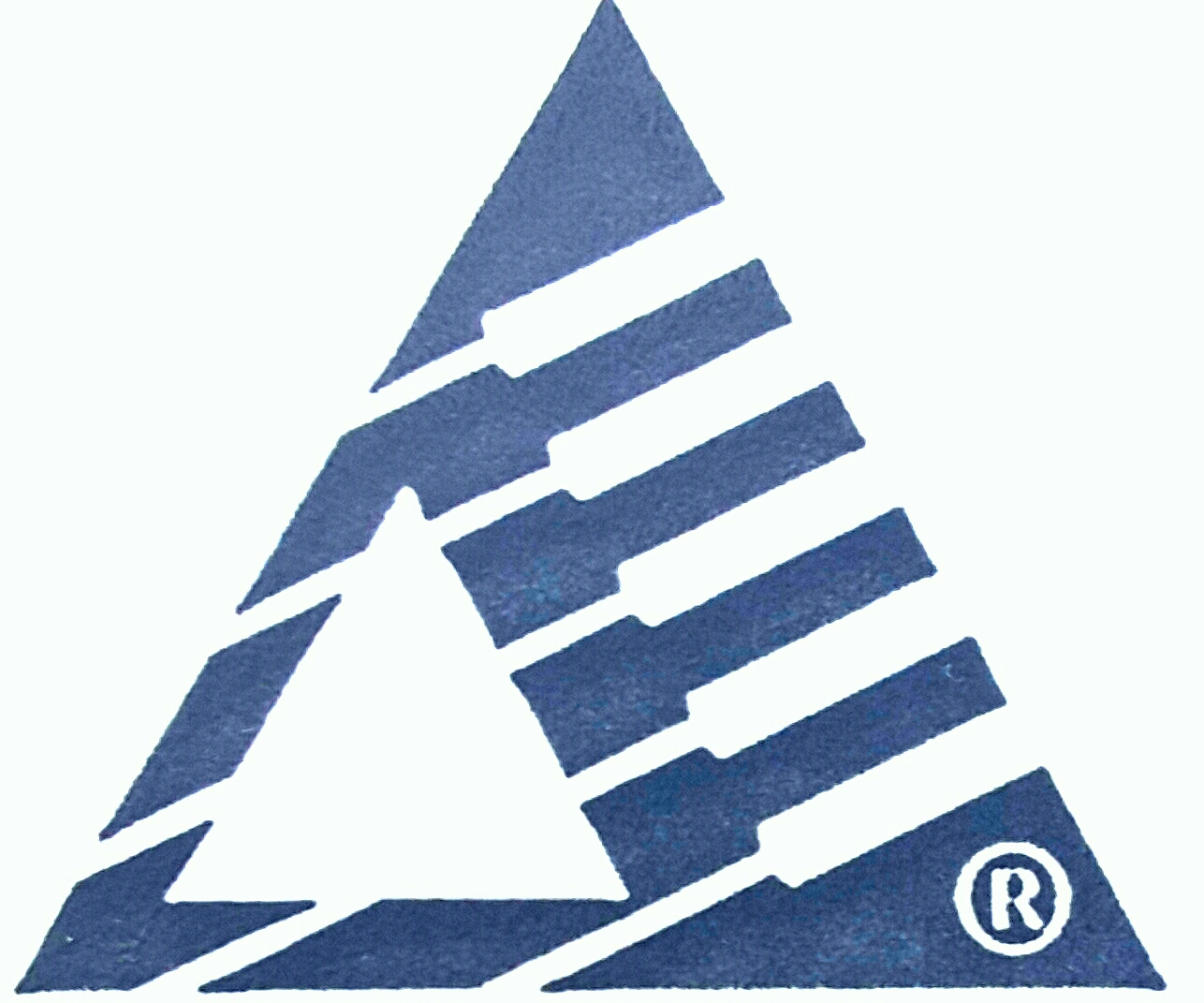Title Page
-
Site conducted
-
Conducted on
-
Prepared by
Untitled Page
1.0 Training Program (Safety / Training Department)
-
Is there a machine guarding safety training portion for all new hire employees?
-
Is there individual machine training for operators on the types of machine guarding present?
-
Are operators trained on the use of hand tools, the hazards present and controls to abate the hazards?
2.0 Hand Tools (Maintenance / Visual Inspection)
-
Are hand tools taken out of service when a defect is found?
-
Are hand tools regularly inspected for defects through an audit process?
-
Hand saws have guards of the auto return type?
-
Grinder and saw blades are in good condition?
-
Do belt sanders have guards that protect against the operator being pulled into the nip-point where the belt meets the pulley?
-
Do all power tools have appropriate grounds?
-
Are hand tools used in Potlines of the double insulated type?
-
Are air hoses and power cords for portable power tools replaced and taken out of service if in poor condition?
3.0 Equipment Specifications / Safety Devices / Fixed Machinery (Visual Inspection)
-
Is the emergency stop located in such a way that the operator can reach it from the operator station?
-
Are rotating parts guarded to prevent inadvertent exposure to operator?
-
Are Drill Press operations guarded so as to prevent accidental contact with point of operation? 1910.212(a)(1)
-
Are fans guarded with a rigid guard of no more than 1/2 inch gap? 1910.212(a)(5)
-
Are all guards secured on machines using a method that would prohibit inadvertent removal of the guard (bolts, or other method). 1910.212(a)(2)
-
Are all saws guarded at point of operation?
-
Do foot pedal operated machines have a cover over the foot pedal to restrict accidental operation of equipment? 1910.217(b)(4)
-
Are nip points on conveyor belts guarded to prevent operator contact? This includes chain drive and roller belts.
-
Are gears and pulleys on belts guarded from accidental contact by operator?
-
Are stationary grinders equipped with a guard that is no further away than 1/4 inch away from the grinding wheel on the top and 1/8 inch on bottom?
4.0 Employee behaviors (Observation and Interview)
-
Do employees have guards in place on their machine if not locked out?
-
Does the operator understand the hazards associated with the machine they are working on?
-
Do operators understand how to check grinder blades and saw blades before initial installment and prior to each use? (Ring test 1910.215(d)(1))
-
Is correct PPE being used when the operator is using a machine?
5.0 Machine Guarding and Power Tools Program Evaluation
-
Has a risk assessment been conducted on machines to determine if current machine guarding is adequate?
-
Where primary machine guarding is not feasible, does the site have adequate secondary machine guarding which requires an "overt act" to overcome?
-
Does the site have a risk assessment and reduction program which includes machine guarding?
-
Are secondary guards accompanied by hazard awareness signs?
6.0 Documentation and Retention (Engineering / Maintenance / Safety)
-
Are risk assessments maintained in a location that is easily accessible for at least 3 years?
-
Does the site maintain training logs from machine guarding trainings?











